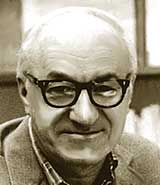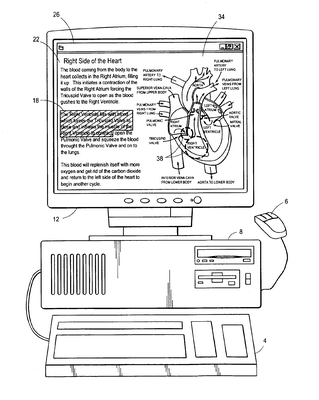Lobotomobile
March 16th, 2005 Walter Freeman, the inventor of the transorbital lobotomy, traveled around in the ‘50s and ‘60s in a car he called the “lobotomobile”, carrying the tools of his trade, icepick and mallet. This is the story of the upcoming film A Hole In One, starring Meat Loaf.
Walter Freeman, the inventor of the transorbital lobotomy, traveled around in the ‘50s and ‘60s in a car he called the “lobotomobile”, carrying the tools of his trade, icepick and mallet. This is the story of the upcoming film A Hole In One, starring Meat Loaf.
It is interesting to consider the effects of prefrontal lobotomies on religious behavior. Here is an excerpt from an old psychosurgery manual at www.lobotomy.info.
We have not infrequently operated upon patients who have experienced religious exaltation and others too numerous to mention who have considered themselves endowed with mystic powers or under the influence, beneficent or malign, of unexplained spiritual forces. These tend to disappear after operation, and their place is taken by rather matter-of-fact mode of religious observance to which they have been accustomed but without deep conviction or enthusiasm…In most instances—beyond attending church and singing with the congregation or in the choir—the externals appear to be sufficient. These patients are direct, practical and uninspired. Their beliefs are somewhat childlike, are seldom spoken of and are passed over, when direct inquiries are made, as of no particular importance. It is readily perceived that the spiritual life is gravely affected by prefrontal lobotomy.
And also:
Eliminating the affective components supplied by the thalamus does away with preoccupation with the self and the future, and consequently abolishes the demoralization that is synonymous with psychosis or neurosis..[The individual] goes through the forms of social and religious observance, but without the deep emotional conviction that characterized him before his illness.
A coherent theory of biotheology will explain such effects of lobotomies on religious belief and behavior.

 “Believe in yourself.” “You can do anything you put your mind to.” “Your possibilities are unlimited.”
“Believe in yourself.” “You can do anything you put your mind to.” “Your possibilities are unlimited.” I’m extremely pleased to announce the on-line availability of my important proposal for a major reform of Japanese orthography:
I’m extremely pleased to announce the on-line availability of my important proposal for a major reform of Japanese orthography:  Back in 1935 their founder Dr. Minoru Shirota invented the lactobacillus in the distinctive fermented milk drink inside those ubiquitous little white plastic bottles you see everywhere in Japan. The whitish liquid scoots past your stomach’s defenses to head straight for the intestines where it can bestow its life-enhancing powers, which include stimulating the intestines, promoting bowel movements, and preventing the growth of unhealthy bacteria down there and the nasty intestinal putrefaction which can result.
Back in 1935 their founder Dr. Minoru Shirota invented the lactobacillus in the distinctive fermented milk drink inside those ubiquitous little white plastic bottles you see everywhere in Japan. The whitish liquid scoots past your stomach’s defenses to head straight for the intestines where it can bestow its life-enhancing powers, which include stimulating the intestines, promoting bowel movements, and preventing the growth of unhealthy bacteria down there and the nasty intestinal putrefaction which can result. In addition to my many other hats, I’m an inventor. For a bit of year-end diversion, here are three inventions from this year:
In addition to my many other hats, I’m an inventor. For a bit of year-end diversion, here are three inventions from this year: